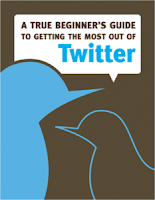It's been a long time since I was impressed, no . . . that's an understatement . . . . very impressed with something that looks like a normal pen and normal note book (with dotted pages) but can be, listen to this, a personal productivity tool, a learning aide, an e-learning content creator, and a personal secretary during meetings, lectures, conferences, discussions, and more. What I saw, at this moment in time, is a tool that OUM could use to develop e-learning content. Designed to help someone write notes or draw and at the same time capture the lecturer's voice in the classroom, or if in a meeting, capture the discussions during the meeting, can actually be used to conduct a tutorial on how to solve math equations, or understand graphs, diagrams, and so on. Notes/images and voice can be stored in the pen's memory and recalled instantaneously with great ease. This can be played back, listened with or without earphones or uploaded to the Internet and played back thr...






